The best fireplace one can imagine gives off the right amount of long-lasting heat within a room with a clean and consistent burn. One way to do that is to use starter logs right! But how do you effectively set up your fireplace using this material? We've rounded up relevant information for you to get started.
To start a fire in a fireplace using starter logs, do the following:
- Open the fireplace damper and check the flue.
- Ready the starter logs, kindling, and logs.
- Arrange the logs on an iron grate using a chosen method.
- Set the fireplace screen in place. Enjoy the warmth!
Starter logs are not the only key consideration in prepping a fireplace. Health and safety should be top of mind to achieve a cozy ambiance and enjoyable warmth around your fireplace during the cold season. You should also think about the type of wood to use in your fireplace. So stick around to know more!

How To Start A Fire In A Fireplace With A Starter Log
Careful preparation of your fireplace at the onset of the chilly days ensures that your family can enjoy their stay around it safe and snug. It's imperative, however, that before starting a fire, your firebox is intact, clean, and free from excessive cold ashes.
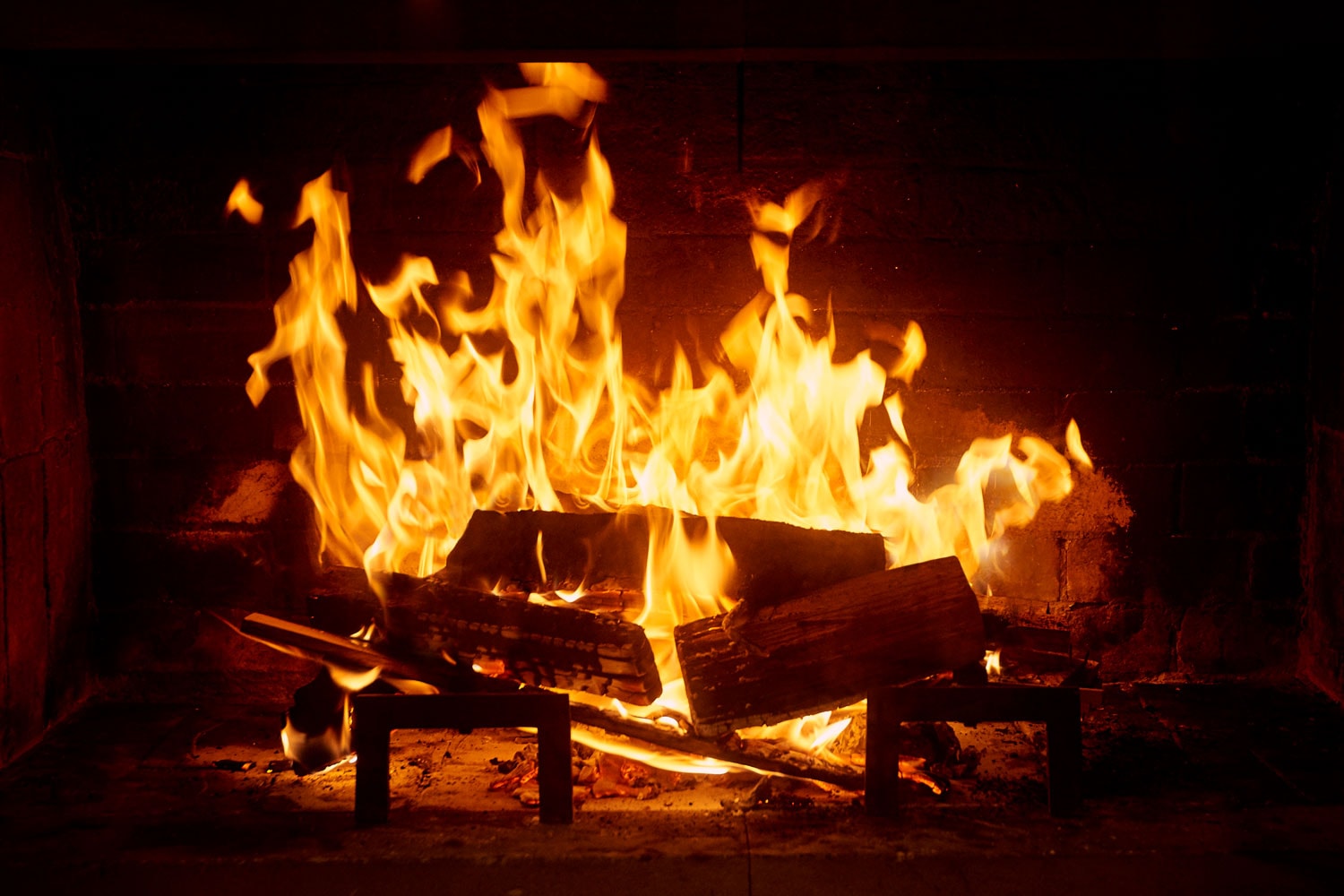
Follow these easy tips for blissful hours of comfort and safety with the snapping and crackling of fire!
Open the fireplace damper
A damper in a fireplace is a small opening or vent made of heat-resistant metal. When open, it allows the smoke and gases to escape out the chimney through the flue. Before starting a fire, make sure to open the damper to allow adequate airflow and prevent smoke and toxic fumes from filling your house.
Furthermore, depending on the type of damper [i.e., throat and top-mount dampers} your chimney has, there are several ways to check whether or not it is open.
A throat damper, a traditional type, is closed when you see a rod hanging down low or a knob [screw-type rotary control] turned counterclockwise. To open the damper, push the rod as far as it can or turn the knob clockwise.
On the other hand, if you have a top-mount [aka top-down damper], you should be able to see a metal chain attached to a hook in or beside the fireplace. This type is mounted on top of the chimney like a cap and is spring-loaded. To open the damper, detach the chain off the hook.
Check and warm the chimney flue
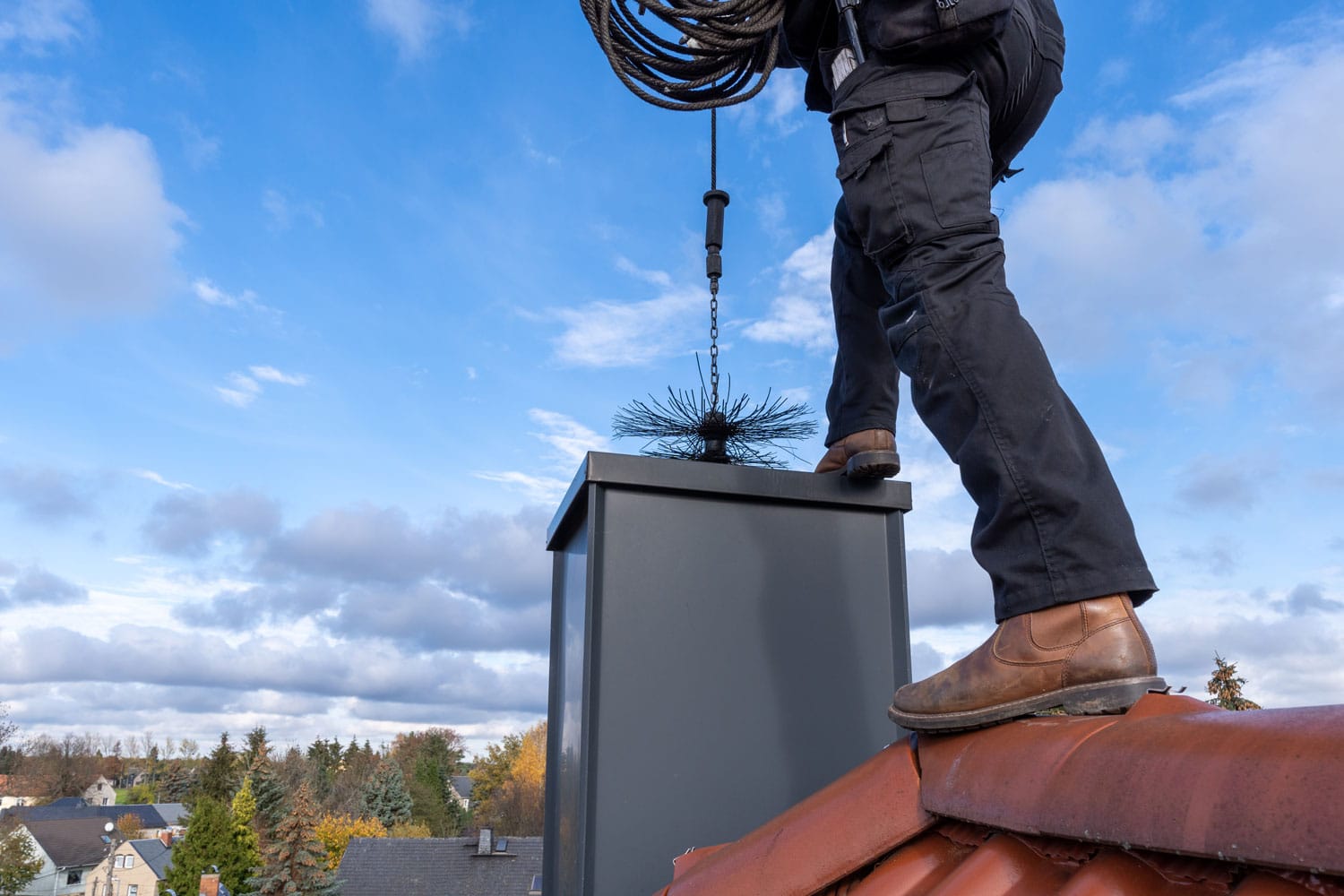
Equally important, before igniting your fireplace, ready the chimney flue by warming it. This is because cold air fills it up when it's not in use. Cold air tends to move downwards because it's heavy, opposing the rising warm air from burning wood.
A flue is a duct through which gases produced by combustion exit your home. This vertical conduit is usually made of concrete, terracotta clay, or stainless steel and connects the firebox and the top of the chimney.
To prime the flue, roll up three or more newspapers, light one end, then bring it close to the flue under the damper for a few minutes to completely reverse the chimney draft.
This duct needs proper lining to avoid a chimney fire and regular cleaning to reduce excessive creosote buildup.
Ready the starter logs, kindling, and logs
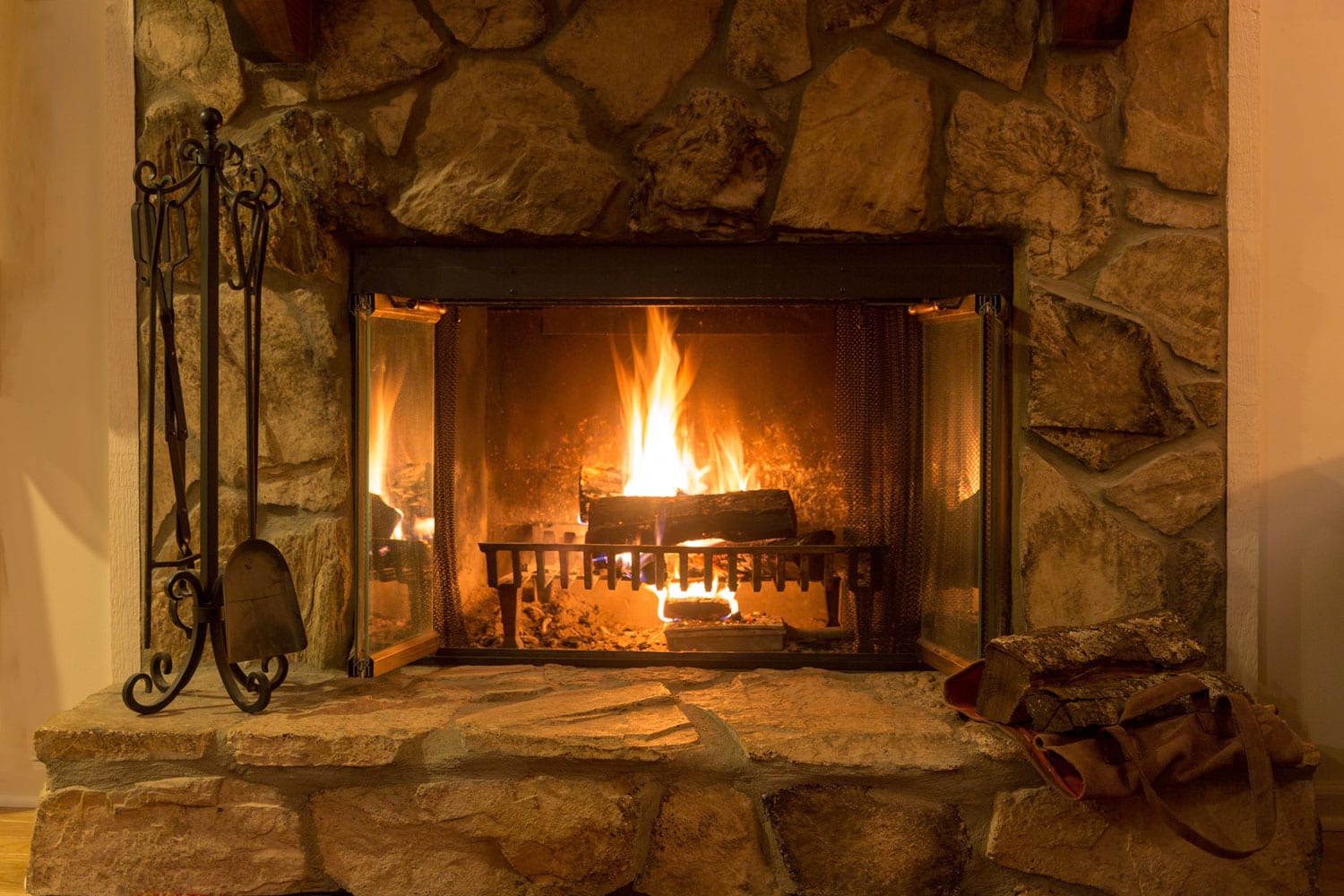
Now that you've done the preliminaries, it's time to prepare and arrange the woods! Knowing the right fuel to use allows you to get your fire going efficiently. Here, we've differentiated the types and uses of wood fireplace fuel :
1. Starter logs/firestarters
If you find starting a fire in your fireplace quite difficult, then you should have your stock of starter logs. These easy-to-ignite, environmentally-friendly materials are made from postindustrial sawdust, cellulose, and waxes.
Check out this firestarter on Amazon.
When using a starter log, stack two to three pieces of wood on top of it, then light the ignition strip or the seam of the packaging where an arrow is typically indicated.
In the absence of starter logs, you may opt to use tinder such as cotton balls, birch bark, dry pine needles, and dry grass. While it can easily burn, it produces a short-lived flame.
2. Kindling
Kindling is an ignitable material that is slightly bigger than a tinder. The use of kindling such as small twigs, fatwood, and cedar bark can help keep the fire burning as the main fuel starts to catch fire.
3. Logs/fuel/wood
Firewood, particularly kiln-dried, makes the best and long-lasting fire with the least amount of smoke.
As opposed to dry and seasoned firewood, green wood has high moisture content and should not be used in the fireplace. It is hazardous because it produces a lot of smoke and speeds up creosote buildup over time.
Arrange the logs using a chosen method
There are two common ways by which you can arrange the firewood in your hearth: the log cabin and the top-down methods.
Log cabin method
- Position two pieces of firewood parallel to one another, at least six inches apart.
- Put some firestarter [e.g., newspaper and twigs] between the two firewood.
- Add some kindling, adequately spaced for nice airflow, across the base firewood.
- Make a criss-cross pattern, add more fuel wood on top of one another perpendicularly, creating at least three layers of fuel wood.
- Light your log cabin fire from the bottom.
Top-down method
- Segregate your firewood according to its sizes: large, medium, and small.
- Place the largest wood in parallel position on the iron grate.
- Position the medium logs on top of the first layer perpendicularly.
- If desired, create the third layer with the smalles logs running in the same direction as the first layer.
- Put some kindling and tinder on the top of the pile, then light it.
Set the fireplace screen in place
As you burn wood, flying sparks and embers become unavoidable, and while staying near the fireplace is so relaxing, that could be dangerous! Therefore, you must have a fireplace screen in place.
You're now all set to enjoy the cozy warmth!
Check out this spark screen on Amazon.
Why Won't my Logs Catch Fire?
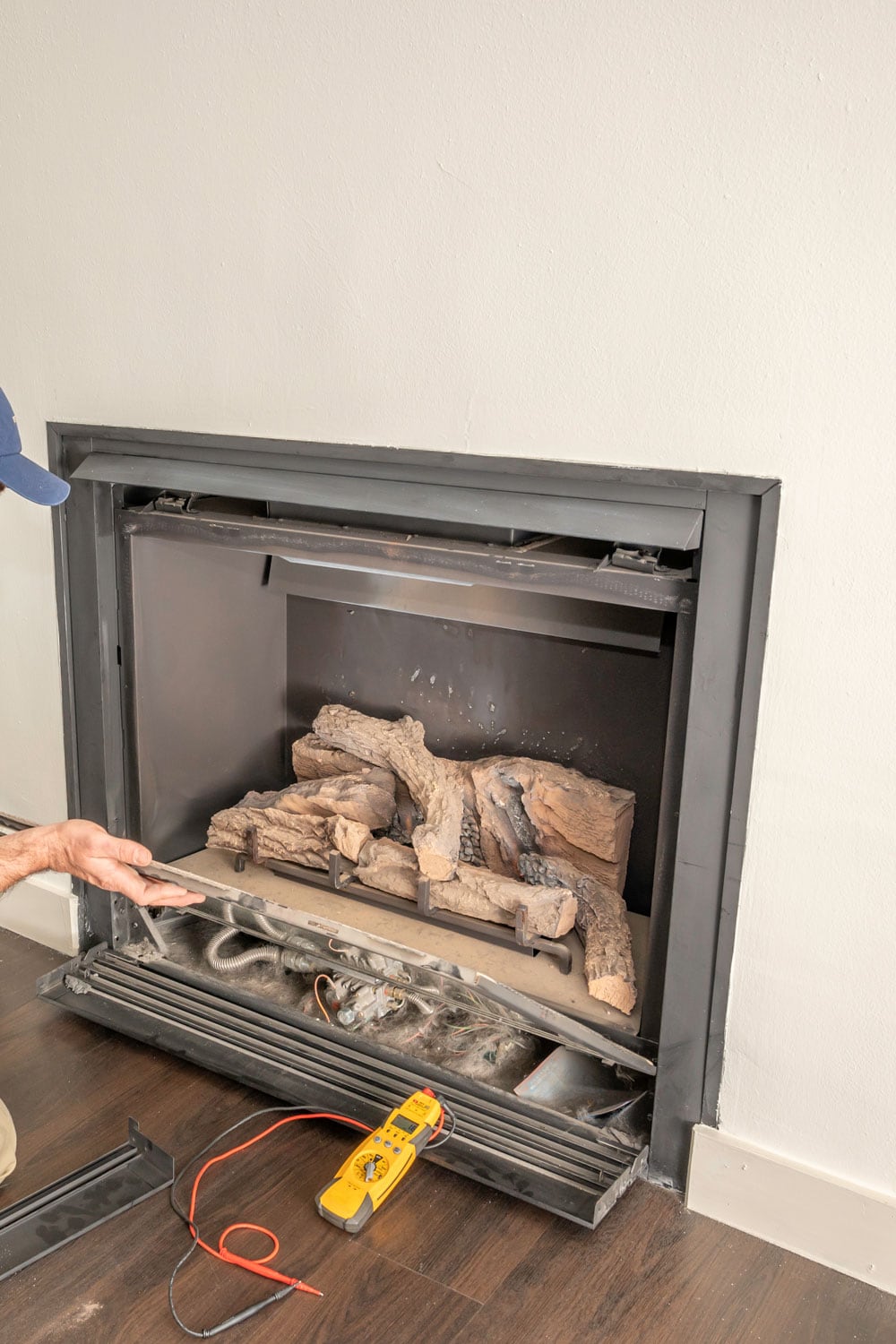
Starting a fire in your fireplace takes planning and a technique. The following are some of the possible reasons why your logs won't catch fire quickly:
- You're using a green wood or inadequatey seasoned firewood.
- Your wood has more than 20% moisture content.
- You're starting with large logs too soon.
- Your firewood is seasoned but has become dampened before use
- There's no adequate airflow. Open the damper, heat the flue, and use an iron grate.
- Your chimney has excessive soot buildup, or the floor of the fireplace has accumulated very thick old ash.
- The indoor air has high humidity.
Check out this iron grate on Amazon.
Best Firewood for Your Fireplace
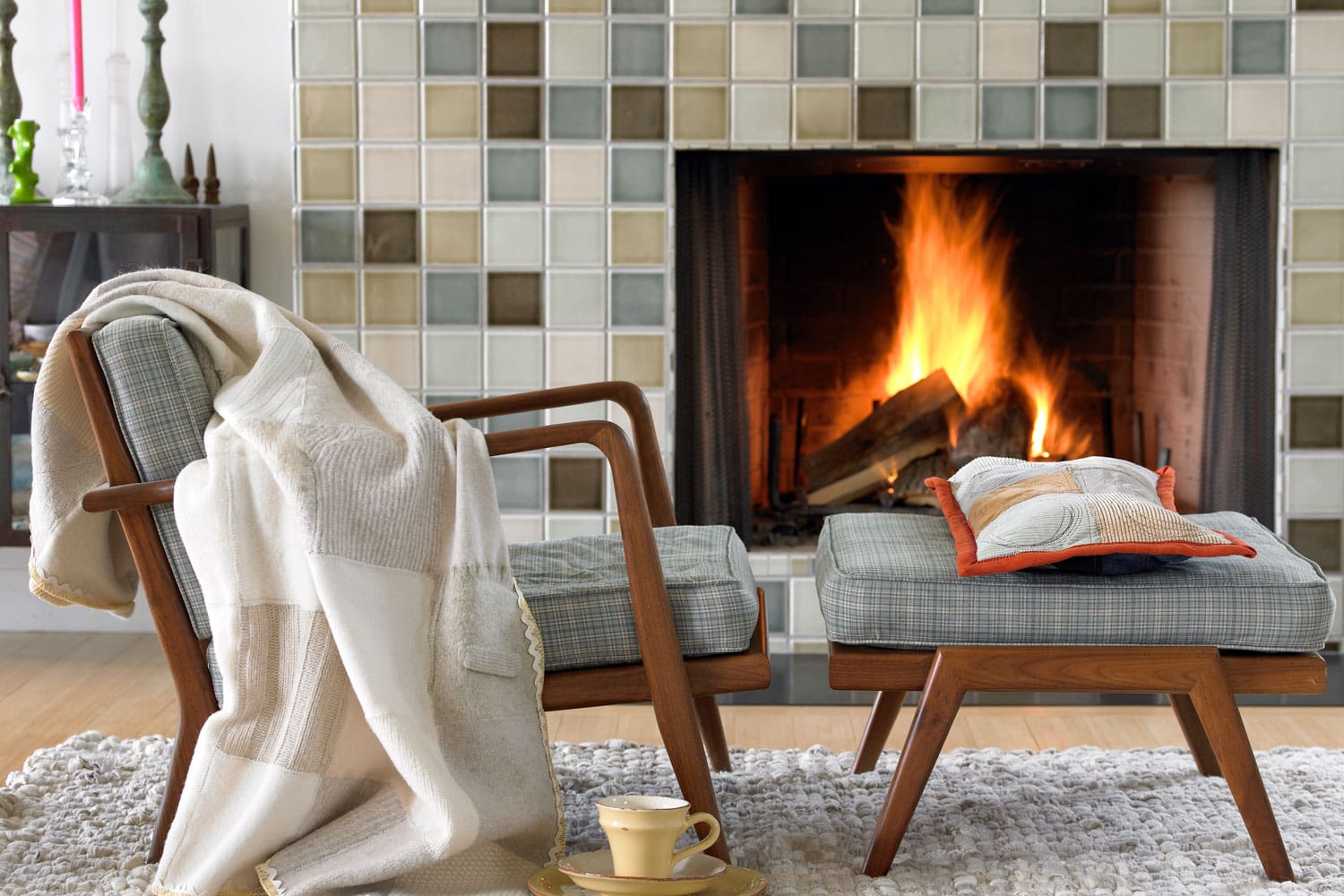
Not all wood is made equal. Some tend to catch fire very slowly and have a long burn time, while others easily ignite and turn to ashes quickly. Some yield hotter burns, while some produce cooler burns.
To help you decide which fuel to buy, here is the most common yet best hard firewood to light up your fireplace. And when we say 'best,' it's economical, energy-efficient, and environmentally safe.
1. Oak
By general consent, oak is the best firewood. It's considered hardwood and grows abundantly in the US. Though it's hard to ignite, it gives the longest burn time and gives off the hottest temperature when already set on fire.
According to Utah State University Forestry Extension, bur oak, red oak, and white oak [24 BTUs per cord]) are all excellent firewood, although red oak is not the highest on the list in terms of the BTU values.
2. Maple
Wood from this tree is likewise perfect for wood-burning fireplaces. Like oak, it burns slowly and steadily when sufficiently seasoned. However, a red maple burns at only 18.7 BTUs per cord, the lowest one among the hardwood.
3. Birch
Despite being classified as a hardwood, birch does not last as long as oak or maple. What makes it one of the best fuels is the beautiful flame it gives off. Moreover, it burns at 26.8 BTUs per cord, specifically the black birch.
4. Ash
This easy-t0-split wood burns steady at an impressive 24.2 BTUs per cord. Additionally, it is popular for being a low smoke producer.
You can use softwood from pine and fir trees for outdoor fires, such as in backyard fire pits and wilderness campfire. However, this type of wood is not ideal for indoor fireplaces, as it tends to smoke up your home and leave more ash residue.
Remember that good firewood should have high density and high dryness.
Conclusion
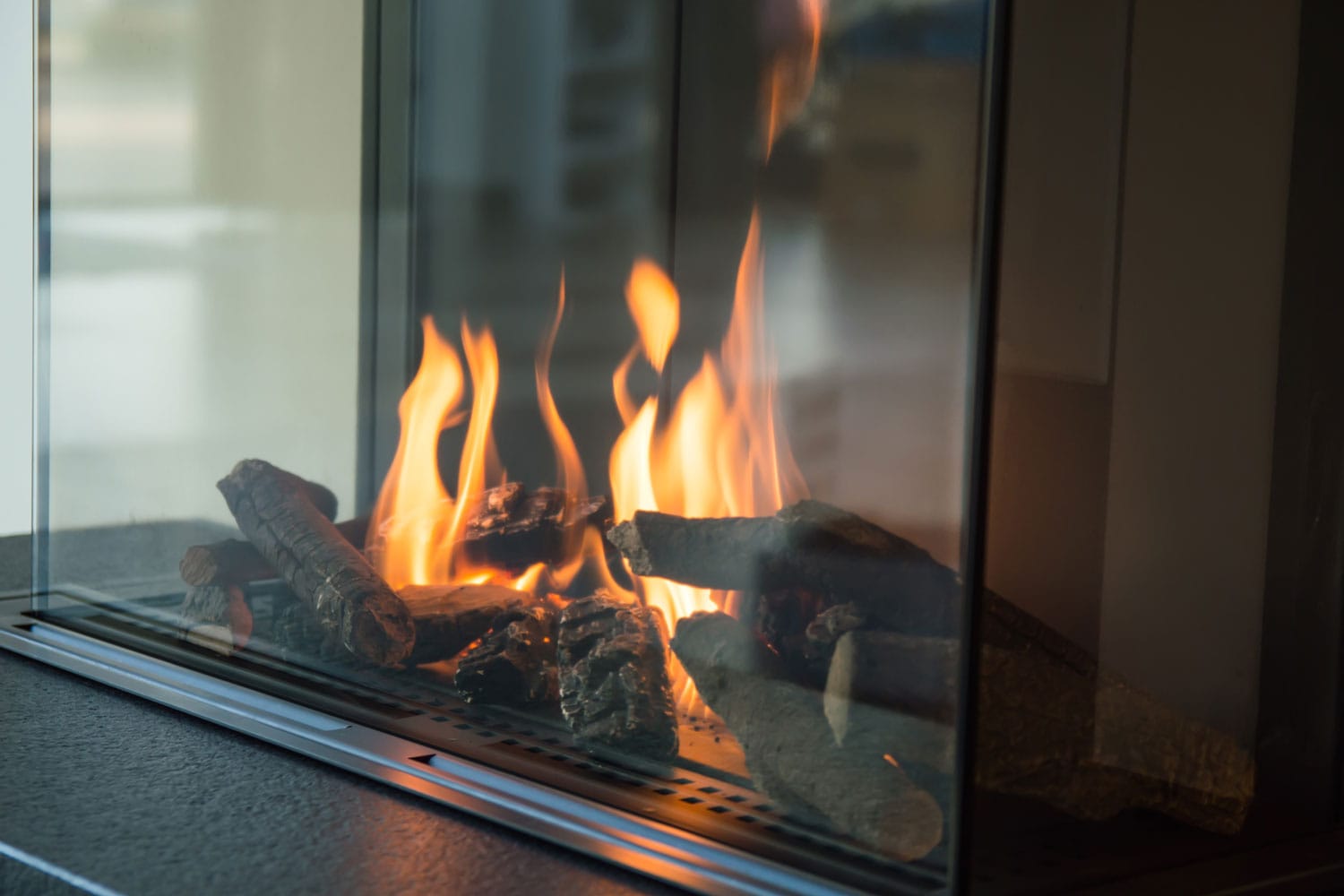
To keepyour home comfortable for the whole duration of the cold season, you should set up your fireplace with utmost safety precautions--and common sense. Using a fireplace produces gases that are harmful when inhaled in large quantities. The provider of blissful warmth can be the same source of fire, so be extra cautious.
Did you find this article helpful? See other relevant posts from us about fireplaces:



